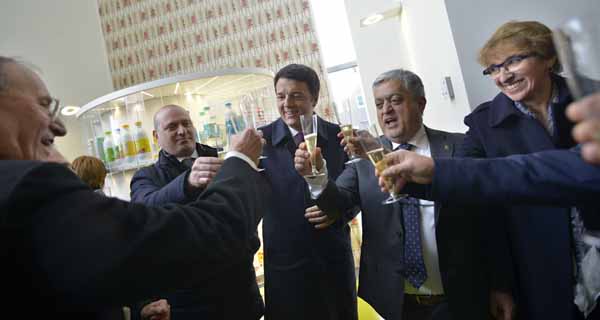
Granarolo has closed the financial year with 2014 revenues of Eur 1, 037 billion, up 4.8% compared the last year. In particular, milk and beverages business unit recorded an increase in turnover of 3% while in dairy products has increased into 6.3%, grateful for the intervention of French Group Codipal compared 10 months of 2013. In addition the two susbidiaries Amalattea Italia and Pinzani 1969 have performed well. “In 2014 – states Gianpiero Calzolari, chairman of Granarolo – for the first time we have exceeded a billion turnover, increasing leverage and reducing financial debt. The financial results confirmed the strategy’s growth, we are aiming to go more internationally : for the last two years export sales increased from 4% to 16% but by 2016 the export is forecast to reach 35% “. The goal is 1.5 billion in revenue high.
In the 2014 recorded budget of Granarolo is the best of the bunch: “we compared in a declining domestic market ( -6% fresh milk items) yielding in some areas and gaining in others. And with a price of the raw material that has reached historical highs – points out Calzolati –.”. The Granarolo Group joined a consortium of milk producers (Granlatte) and a company (Granarolo) that makes and trades the finished product into 12 production plants in Italy and 2 in France. “The export has become a necessity – adds chairman Calzolari – but to penetrate the markets is a complex and costly operation. In 2015 we will be acquiring more”.
The development path for Italian agro-food businesses has therefore been signposted and points towards increased internationalisation, while for many of these businesses (in particular the smaller businesses which, however, represent the majority of the production base) these challenges are outside of their scope, particularly in light of the competitive and structural delays which are a feature of the Italian business environment and whose effects are amplified in the global arena. This explains the lower export share of our food businesses (20% of revenues), in comparison with Germany (28%) and France (25%).

